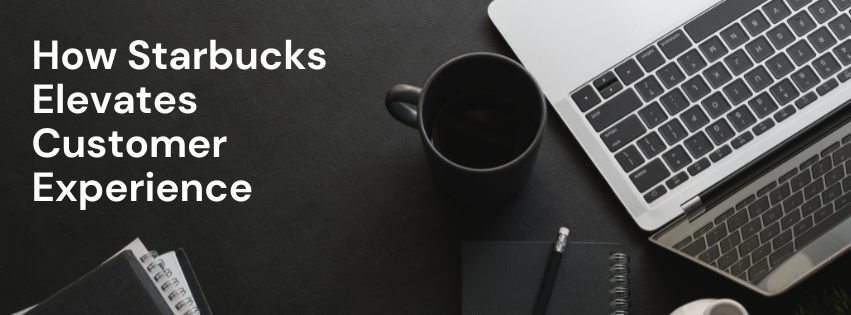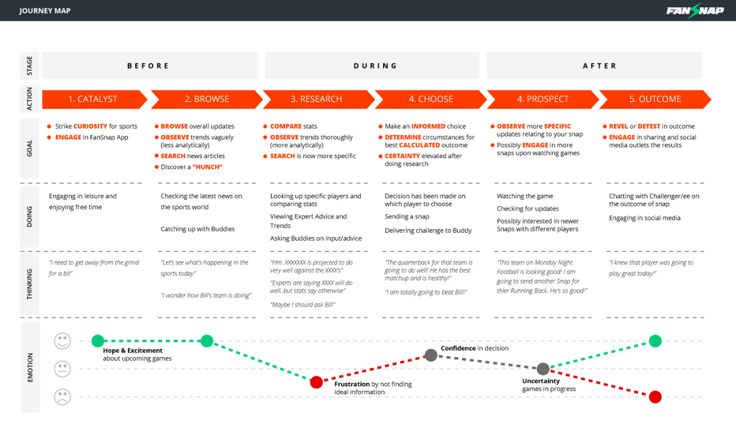Starbucks has become synonymous with coffee culture, not only for its high-quality beverages but also for its exceptional customer experience.
As a professional with over 20 years of experience, I have invested time to observe that the success of Starbucks lies in its ability to create an environment that resonates with customers on multiple levels.
Today’s blog post will delve into the various elements that contribute to Starbucks’ remarkable customer experience, focusing on topics such as the user experience (UX), user research, and A/B testing—key components that help the brand maintain its leadership in the competitive coffee industry. I’m pretty sure there are many more. However, I did this research considering just these.
The Importance of User Experience in Starbucks’ Strategy
Creating a Unique Atmosphere
One of the cornerstones of Starbucks’ customer experience is its commitment to creating a unique atmosphere that feels like a “third place”—a space between home and work where customers can unwind, socialize, or work. This concept is central to their store design and layout.
Thoughtful Store Design
Each Starbucks location is meticulously designed to foster a cozy and inviting ambiance. Elements such as comfortable seating, warm lighting, and aesthetically pleasing decor are carefully chosen to encourage customers to linger. This attention to detail enhances the overall user experience, making it more than just a transaction; it’s about creating memorable moments.
Localization Strategies
While maintaining a consistent brand identity, Starbucks tailors its stores to reflect local culture and architecture. This localization strategy ensures that each store resonates with its community while delivering the signature Starbucks experience. For instance, a Starbucks in Paris might incorporate design elements inspired by French cafes while another one in Tokyo may embrace minimalist Japanese aesthetics.
User Research: Understanding Customer Needs
Customer Journey Mapping
Starbucks employs comprehensive user research techniques, such as customer journey mapping, to identify pain points in the customer experience. By engaging in cross-functional collaboration among marketing, store operations, and product development teams, Starbucks gains valuable insights into customer interactions both online and offline.
Data-Driven Insights
Through extensive research methods—including surveys, interviews, and digital analytics—Starbucks gathers data on customer preferences and behaviors. This information is crucial for creating detailed customer journey maps that help to highlight key touchpoints and emotional states throughout the customer lifecycle.
Personalized Customer Interactions
Training and Empowerment of Baristas
Starbucks places significant emphasis on training its baristas to deliver exceptional customer service. Employees are equipped with skills not only to create high-quality beverages but also to engage with customers personally. Recognizing regular patrons by name and remembering their preferred orders fosters a sense of belonging and loyalty among customers.
The Latte Method for Handling Complaints
To effectively address customer complaints, Starbucks employs the “Latte Method,” which stands for Listen, Acknowledge, Take action, Thank the customer, and Explain what you’ve done. This structured approach ensures that customers feel heard and valued, transforming potentially negative experiences into new opportunities for building relationships.
Consistent Quality and Service: The Backbone of Trust
High Standards Across Locations
Starbucks is committed to maintaining high standards for product quality and service consistency across all its locations. By owning most of its stores rather than franchising them, Starbucks retains control over the customer experience. This allows them to ensure that every visit meets their rigorous brand standards.
Product Innovation Through User Feedback
Starbucks continually innovates its menu based on user feedback gathered through various channels. Seasonal offerings like the Pumpkin Spice Latte have become cultural phenomena driven by consumer demand. Additionally, product lines such as cold brews and plant-based options cater to evolving consumer preferences.
Leveraging Technology for Enhanced Convenience
The Role of the Mobile App
The Starbucks mobile app is a pivotal component of their customer experience strategy. It allows customers to pre-order drinks and food items for pickup, significantly reducing wait times during busy periods. The app also offers convenient payment options, enabling users to pay with their phones or reload their Starbucks Card balance effortlessly.
A/B Testing for Continuous Improvement
Starbucks employs A/B testing methodologies to refine its app features continuously. By comparing different versions of app functionalities—such as layout changes or new features—Starbucks can analyze user behavior and preferences effectively. This data-driven approach ensures that enhancements align with customer needs while fostering greater engagement.
Community Engagement: Building Connections Beyond Coffee
Local Initiatives
Starbucks actively engages with local communities through various initiatives aimed at fostering connections and giving back. Many stores host open mic nights or art exhibits featuring local artists. These events help strengthen community ties and make Starbucks locations vibrant hubs of activity.
Ethical Sourcing Practices
Starbucks is committed to ethical sourcing practices to prioritize sustainability and fairness in its supply chain. Also, by partnering with coffee farmers worldwide through programs like Coffee and Farmer Equity (C.A.F.E.) Practices, Starbucks ensures that its coffee is sourced responsibly while supporting farmers’ livelihoods.
Sustainability Initiatives: A Commitment to the Environment
bucks has made significant strides in reducing its environmental impact through initiatives focused on waste reduction, energy efficiency, and sustainable packaging. The company has set ambitious goals such as eliminating single-use plastic straws from all stores globally by 2020 (which they have achieved) and increasing recycling rates across locations.
Supporting Renewable Energy Projects
In line with its commitment to sustainability, Starbucks invests in renewable energy projects worldwide. By purchasing renewable energy credits (RECs) equivalent to 100% of electricity usage in company-operated stores globally since 2015 (a goal achieved), they demonstrate leadership in promoting clean energy solutions within corporate operations.
Enhancing Customer Experience Through Innovation
Drive-Thru Innovations
Recognizing changing consumer preferences towards convenience-driven experiences like drive-thrus—especially due to the COVID-19 pandemic—Starbucks has invested heavily into enhancing drive-thru experiences by optimizing layouts and incorporating digital menu boards that allow customers to customize orders efficiently.
Expanding Delivery Services
To meet the growing demand for delivery options among consumers who prefer enjoying their favorite beverages from home; Starbucks partnered with leading food delivery platforms such as Uber Eats to provide a seamless ordering experience at customers’ fingertips! Customers can now enjoy a wide range of menu items delivered straight to their doorsteps without compromising quality or taste.
Conclusion
Wavering commitment to excellence across every aspect of operations!
- From creating unique atmospheres personalized interactions consistent quality leveraging technology convenience engaging communities responsibly sourcing products sustainably operating environmentally friendly manner; Starbucks continues set standards industry that others aspire to follow suit!
- By focusing on user experience principles grounded in research-driven insights combined with innovative testing strategies; Starbucks ensures an exceptional journey for every customer who walks through their doors—or taps on their app!
If you’re looking for inspiration on how your brand can enhance its customer experience strategy; consider adopting similar approaches tailored specifically towards understanding your audience’s needs while fostering genuine connections along the way!


